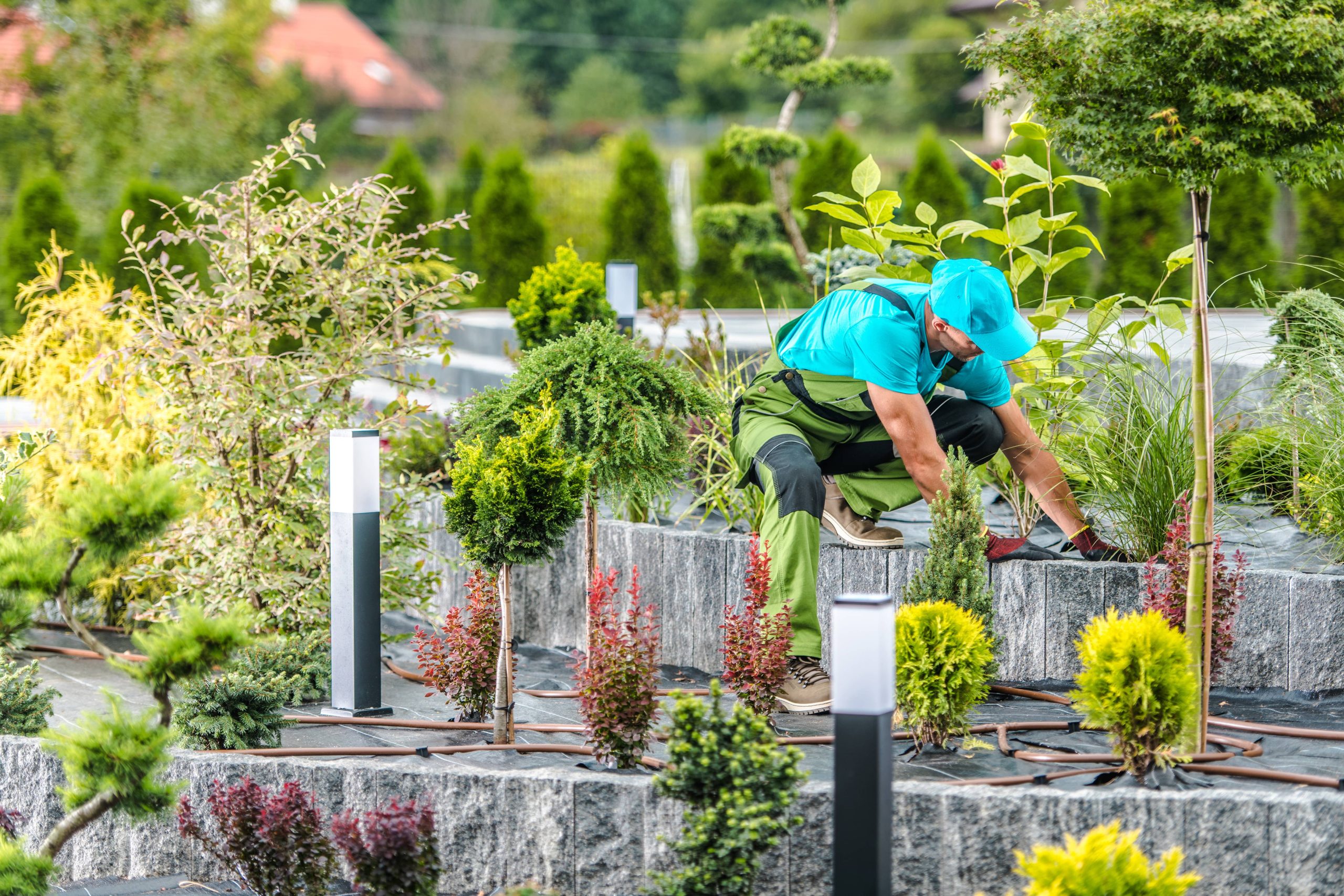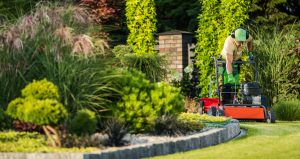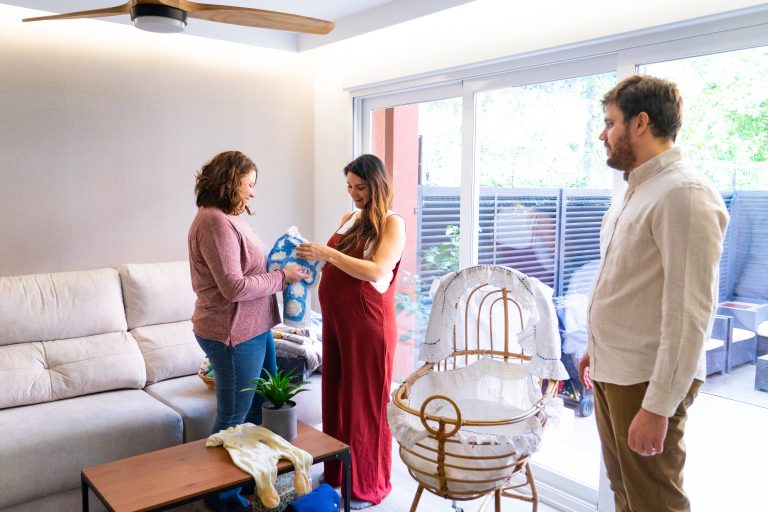
Creating a child-friendly backyard is a rewarding endeavor that transforms your outdoor space into a haven of fun, learning, and safety for the youngest members of your family. The process involves a careful blend of creativity, foresight, and practicality. It’s a space where children can explore their creativity, exercise their curiosity, and develop physically and socially, all while being in a safe environment. This blog post will guide you through the fundamental considerations and creative ideas to develop a backyard that kids will love and parents will appreciate.
1. Prioritize Safety First
Ensuring a safe play environment is paramount in a child-friendly backyard. Start by inspecting your yard for any potential hazards. Remove any sharp objects, toxic plants, or low-hanging branches. If you have a pool, ensure it is adequately fenced and covered when not in use, and never leave children unattended around water. Similarly, any garden tools, fertilizers, or chemicals should be stored out of reach.
The ground surface in the play area is another critical safety aspect. Consider using soft materials such as rubber mulch, sand, or artificial grass, which can help cushion falls and prevent injuries. Paths and walkways should be even to prevent trips and falls. Moreover, if there are steps, ensure they have stable handrails.
2. Create Diverse Zones for Different Activities
Children are full of energy and imagination. Designing different zones dedicated to various activities can help harness this energy and provide them with a range of experiences. Here are a few ideas:
– Play Zone: Equip this area with a swing set, a slide, or a climbing frame. These encourage physical activity, which is crucial for their development. If space allows, consider installing a trampoline with protective netting or a small DIY zip line.
– Quiet Zone: Incorporate shaded nooks or small gazebos with comfortable seating. Add a bookshelf for outdoor reading sessions and use it as a space for relaxation, crafts, or quiet play.
– Nature Zone: Encourage interaction with nature by creating a small garden where they can learn to plant and care for flowers or vegetables. A butterfly garden or a birdhouse can also attract wildlife that will pique their curiosity.
3. Incorporate Sensory Experiences
Children learn best through sensory play. Incorporate a variety of textures, scents, and sounds in your backyard design. Plant fragrant flowers like lavender or jasmine, and consider a small herb garden where kids can touch and smell different herbs. Use wind chimes or a small water feature to add soothing sounds, and include contrasting textures such as smooth stones, crunchy leaves, or fluffy grass.
4. Engage their Imagination
A child’s imagination knows no bounds. Fuel it by adding elements that can be used in various ways. A playhouse can become a pirate ship, a castle, or a store. Sandboxes can be turned into archaeological digs or desert islands. An open grassy area can be the stage for all sorts of adventures and games. The key is to select versatile equipment that can be repurposed for different scenarios.
5. Encourage Social Interaction
If possible, design the backyard to accommodate small gatherings for playdates. A picnic table or an outdoor dining set is excellent for arts and crafts, snacks, and small celebrations. A community sandbox or a shared garden space can encourage children to collaborate and develop their social skills.
6. Consider Year-Round Use
Design your backyard to be inviting every season. For summer, ample shade and a small water play area will keep things cool. During winter, leave space for snow play. Outdoor heaters or a fire pit, with adult supervision, can make the backyard inviting during cooler months.
7. Provide Opportunities for Learning
Gardens are incredible classrooms. Install an outdoor chalkboard or a whiteboard where kids can draw, work on math problems, or play educational games. Label plants with names to help them learn about different species. Moreover, you can engage them in composting, teaching them about sustainability and the life cycle of plants.
8. Plan for Growth and Flexibility
As children grow, their needs and interests change. Design the backyard with flexibility in mind. Choose equipment that can be adjusted or expanded, and create open spaces that can be redefined for different uses over time. Garden beds can transition from sunflowers and pumpkins to accommodate a wider variety of plants as their interest in gardening grows.
9. Incorporate Your Child’s Input
Every child is unique, with distinct interests and preferences. Involve them in the planning process. Whether they’re excited about having a treehouse, a vegetable patch, or a chalkboard wall for their artworks, their input can help you design a space that truly resonates with them.
10. Keep Maintenance Manageable
Lastly, design a backyard that is easy to maintain. Select durable, weather-resistant materials, and consider investing in native plants, which usually require less water and care. An easy-to-clean surface or washable furniture also ensures that the space remains appealing with minimal effort.
In conclusion, a child-friendly backyard is a dynamic environment where imagination, safety, and nature harmoniously coexist. It should be a reflection of your child’s vibrant spirit and an extension of their living and learning space. With thoughtful planning and creative execution, you can design a backyard oasis that provides endless joy, discovery, and treasured family memories.













